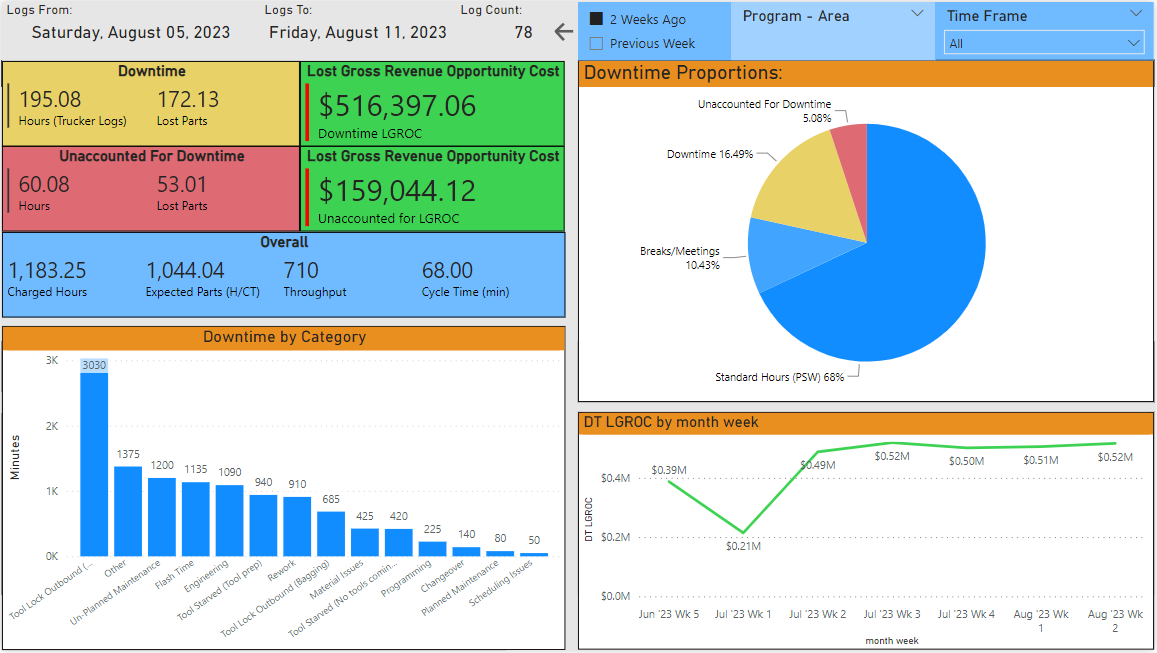In a world overflowing with data, the ability to make sense of it is nothing short of magic. Business intelligence (BI) is quickly becoming a buzzword, but what exactly is business intelligence, and what does it have to do with Data Science? In this article, we will explore the fundamentals of BI, why it’s important, and what tools are available in the world of business intelligence.
Data Scientists and BI
In short, Data Scientists extract meaningful insights and knowledge from large and complex datasets. Data Scientists use robust skills to help them solve difficult problems and harness the power of data. These skills range from statistical analysis to data mining to machine learning.
If Data Science were a train, business intelligence would be the tracks that guide it. Business intelligence is very similar to Data Science, but it doesn’t involve the same tools and processes. BI is geared towards providing useful insights and decision-guiding information to organizations. It includes gathering, transforming, visualizing, and reporting data. Without these same principles, Data Science wouldn’t be very effective. Business intelligence is simply a term describing how data science is practiced in the business world.

The Importance of BI
Business intelligence allows companies to use data to gain a competitive advantage. IBM explains, “Business intelligence gives organizations the ability to ask questions in plain language and get answers they can understand. Instead of using best guesses, they can base decisions on what their business data is telling them — whether it relates to production, supply chain, customers or market trends.” Business intelligence is akin to data analytics. In fact, sometimes the terms data analytics and business intelligence are interchangeable.
BI Tools and Methods
Business intelligence includes gathering, transforming, visualizing, and reporting data. This is done with BI tools like Power BI, Tableau, and QlikView. These tools are typically used for data visualization, however, they also make gathering, transforming, and reporting much easier.
My personal business intelligence experience is with Power BI. This tool is a Microsoft product that is known for interactive dashboards. When I first discovered how easy it was to transform data with this tool, my jaw dropped. It was easy to do complex transformations, and creating visualizations was a breeze. It required little to no coding knowledge, a big difference from other data visualization tools like those associated with R and Python coding languages. Power BI also made the process of displaying and communicating data a breeze. Visuals are made in a sleek GUI that allows you to drag, drop, and organize graphs as easily as creating PowerPoint.
Business intelligence also involves storing and pulling data. This can be done in countless ways, from Excel documents to SQL databases. Just because BI tools are simple, BI analysts still need to know how to work with raw data, which oftentimes requires knowledge of coding languages. SQL-type languages are good to know for data storage.
BI Uses
Business intelligence is used in almost all large-scale companies that work with data. BI helps provide useful insights on most company facets, including sales forecasting, customer segmentation, supply chain optimization, ROI improvement, business operations, and the list goes on. Anything that includes the decision-making process benefits from data insights.
Below is a sample of a dashboard I made using Power BI. It displays information about productivity and dollar-amount impact.
Final Summary
Business Intelligence stands as the foundation upon which organizations construct their data-driven futures. With their ability to give meaning to data, BI tools and methods empower companies to boost efficiency, gain a competitive edge, and drive growth. Business intelligence is the key to unlocking the hidden treasures of data, and it provides a path toward a more informed and prosperous future for any company willing to embrace it.
For more information about Business Intelligence, read these articles:
